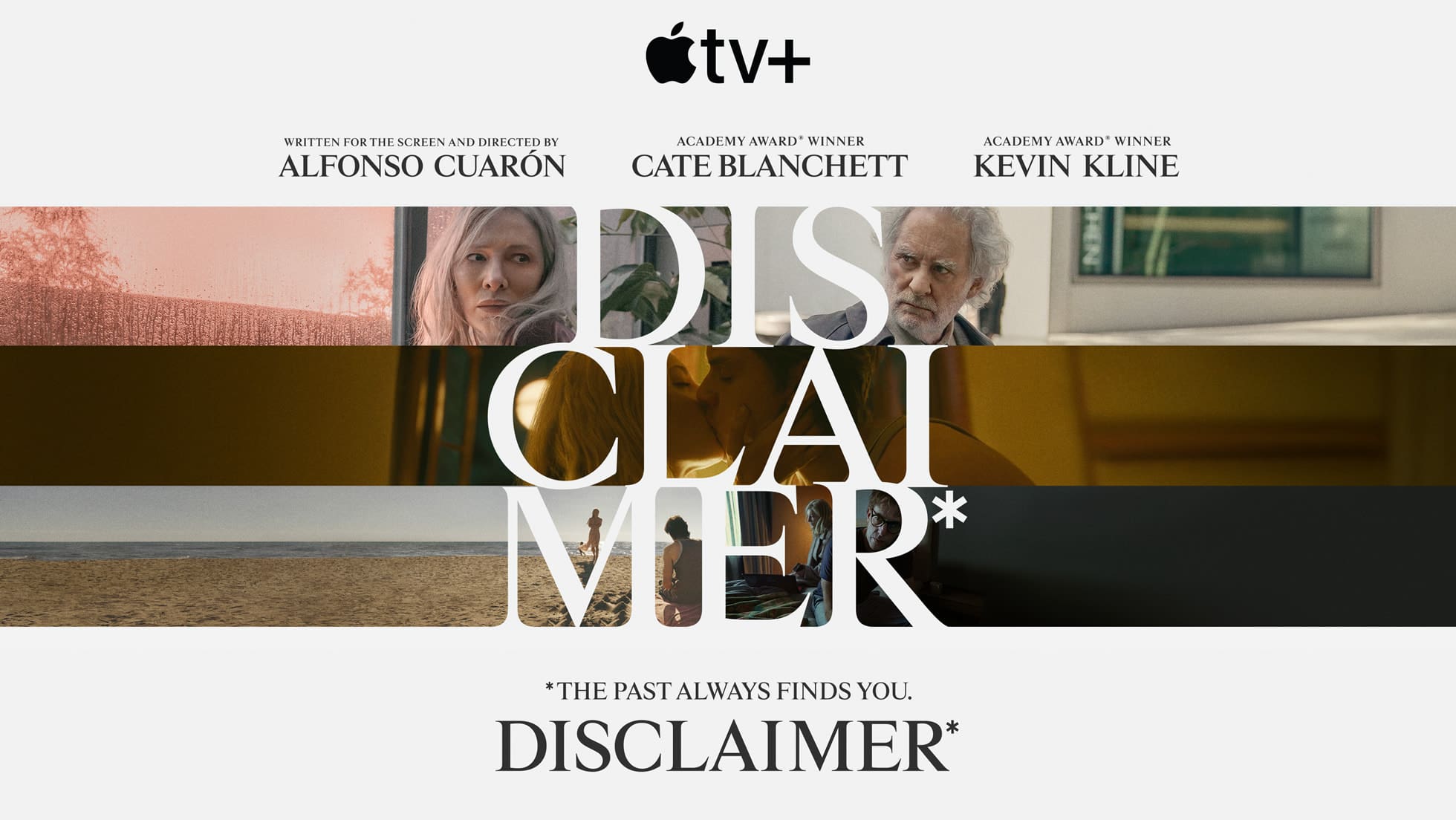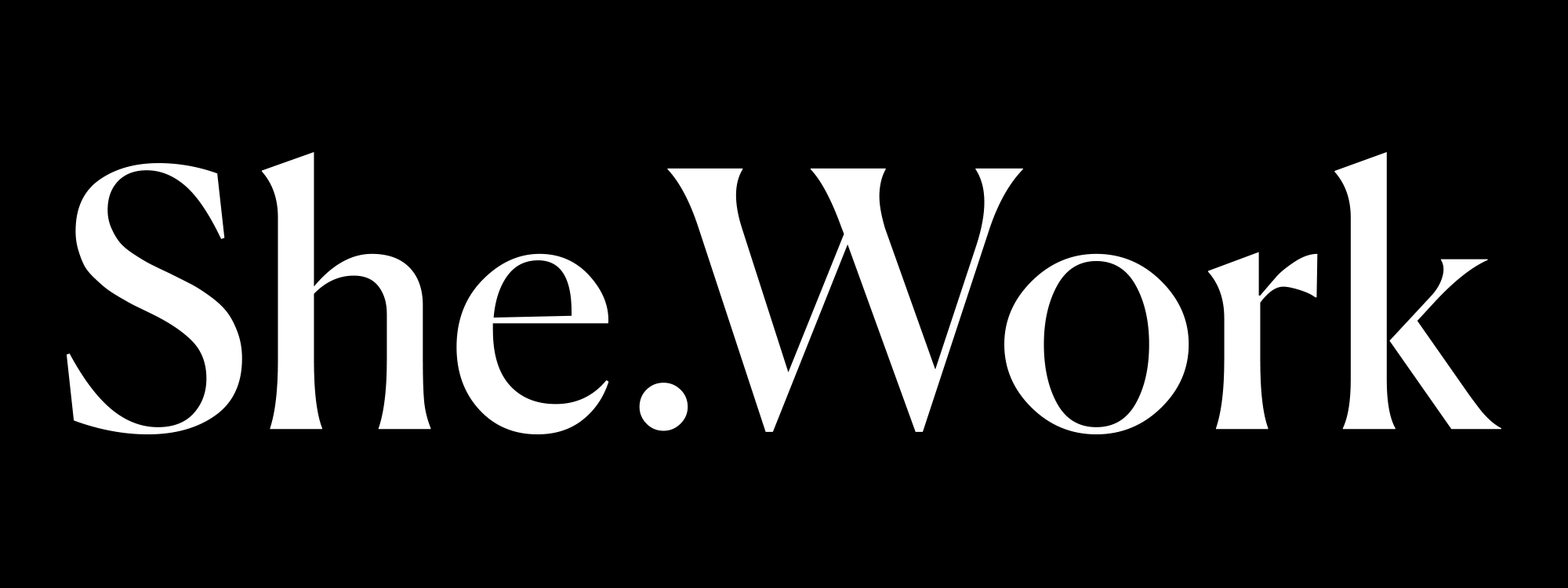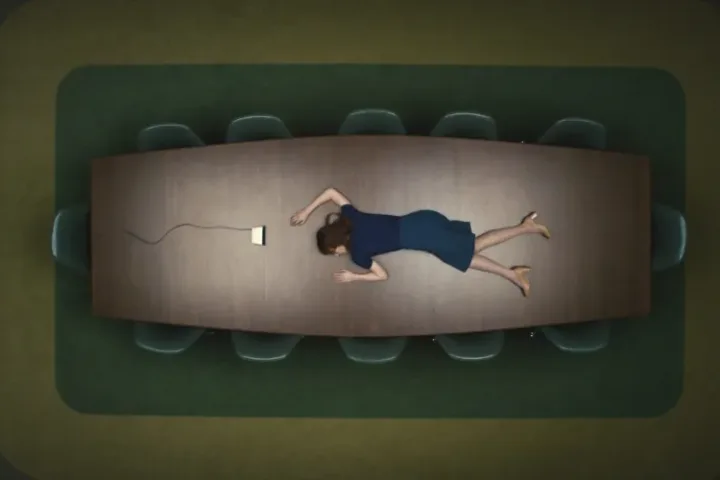Apple TV+’s Disclaimer is an intense psychological thriller that will keep you on the edge of your seat. It’s also a profound exploration of strength, resilience, and the messy nature of truth. Cate Blanchett’s portrayal of Catherine Ravenscroft is absolutely magnetic. As a successful documentary journalist, Catherine is forced to confront her dark past when it comes crashing into her present. The emotional rollercoaster she faces is filled with psychological and ethical dilemmas that I’m sure many of us can relate to.
As a working woman, Catherine’s journey is both a reflection of our own struggles and a challenge to how we balance our careers with our personal lives. The show beautifully explores how biases shape our decisions and how deep resilience is required to face the hard truths we often try to avoid.
And I have to say, I’m absolutely obsessed with Catherine’s kitchen and her office! The way her workspaces are designed speaks volumes about her character—they’re both incredibly stylish and functional, offering the perfect backdrop for her emotional journey. They add so much to her personality and give us a sense of her meticulousness and dedication, both at home and in her professional life.

If you’re a London lover like me, you’ll be swept away by the city’s beauty, too. The stunning streets and iconic architecture become a character in themselves, adding another layer of richness to the show. The immersive visuals make it even more captivating.
And for anyone who knows Sacha Baron Cohen from his iconic comedic roles like Borat, get ready for a completely different side of him. In Disclaimer, Cohen brings depth and vulnerability to his character, showing a serious and nuanced side that will leave you riveted. This role is a far cry from what you might expect, and it’s one of his best performances yet.
✿ Thank you for reading!
Subscribe to be our bestie, no spam—just good vibes once a month.
Disclaimer is a thrilling ride that you won’t want to miss, offering a mix of intense drama, emotional depth, and surprising twists. It’s a brilliant reflection on the complexity of our choices and the resilience we need to face difficult truths head-on.
Here are 10 reasons why Disclaimer should be on your watchlist:
1. A Strong, Resilient Female Lead
Catherine Ravenscroft, portrayed by Cate Blanchett, is a woman of extraordinary resilience. As a journalist, Catherine has built a career centered on uncovering truths, but when a novel implicates her in a crime from her past, her entire world is upended. At first, you might find yourself questioning her choices—feeling frustrated by her decisions. But as the story progresses, you realize her strength lies not in flawless decision-making but in her willingness to face the consequences, no matter how painful.
Psychologically, this demonstrates the concept of cognitive dissonance, where people experience psychological discomfort when holding conflicting beliefs or attitudes (Festinger, 1957). Catherine’s actions reflect this dissonance, showing her struggle to reconcile her past with her present self. This conflict is something all of us can relate to, particularly when we confront past mistakes or unexpected consequences.
2. The Emotional and Psychological Complexity of Decision-Making
As you watch Catherine’s story unfold, you may find yourself frustrated by the decisions she makes. However, Disclaimer brilliantly showcases the complexity of human decision-making. Catherine’s choices aren’t made lightly—they come from a place of self-preservation and a desire to protect those she loves.
Psychologically, this resonates with the self-determination theory (Deci & Ryan, 1985), which emphasizes that human behavior is motivated by the need for autonomy, competence, and relatedness. Catherine’s decisions are driven by her need to maintain control over her narrative while also protecting the people who are closest to her, even if it comes at a personal cost. This theme speaks to the broader human experience of navigating difficult decisions under intense pressure.
3. A Showcase of the Power of Empathy in Leadership
Catherine’s role as a journalist places her in a leadership position, and throughout the series, her capacity for empathy becomes crucial to understanding her character. Catherine does not lead from a place of domination but rather from a place of understanding—especially when faced with difficult choices. Her ability to empathize with others, even when it’s difficult or inconvenient, shows how powerful empathy can be in leadership.
According to Daniel Goleman’s emotional intelligence theory (1995), empathy is one of the key components of effective leadership, helping individuals navigate complex emotional dynamics and make decisions that are sensitive to the needs of others. Catherine’s style, while not perfect, is rooted in the understanding that everyone has a story, and sometimes, those stories require us to step back and listen.
4. Challenging Bias and the Importance of Listening
One of the most significant themes in Disclaimer is the danger of bias and how it distorts our judgment. At many points in the story, Catherine’s actions are misunderstood, and bias influences how others perceive her. The show reminds us how easily bias can cloud our judgment, leading us to make conclusions based on incomplete or inaccurate information.
Psychologically, this is tied to the confirmation bias phenomenon (Nickerson, 1998), where people tend to favor information that confirms their existing beliefs while disregarding information that challenges them. Catherine’s journey serves as a reminder of the importance of suspending judgment, listening to all sides, and recognizing the limits of our own perspectives. If we give others the chance to explain their actions, we allow for a more nuanced understanding of the truth.
5. The Battle Between Self-Perception and Public Judgment
Catherine’s struggle with her own identity versus how the public perceives her is a poignant exploration of self-concept. Her career is built on her ability to present herself as a credible journalist, but when that identity is called into question, she faces a crisis of self-perception. This crisis brings to light how easily we allow public judgment to shape our understanding of ourselves.
Psychologically, this can be tied to the looking-glass self-theory (Cooley, 1902), which suggests that we develop our self-concept based on how others perceive us. Catherine’s journey is a compelling examination of how external judgments can conflict with our internal beliefs, creating psychological tension that affects both her professional and personal life.
6. Resilience and the Psychological Strength to Endure
While Disclaimer focuses on the psychological unraveling of a successful journalist, it also highlights the immense resilience Catherine demonstrates as she faces one devastating revelation after another. Resilience is not just about bouncing back from adversity but also about facing it with strength, even when it seems impossible.
According to psychologist Ann Masten (2001), resilience involves “ordinary magic”—the ability to adapt and grow through adversity. Catherine’s resilience is tested repeatedly, and while her journey is fraught with mistakes and difficult choices, her ability to endure speaks to the core of human strength. This theme will resonate with working women everywhere, reminding us that resilience doesn’t mean being perfect—it means showing up even when it’s tough.
7. The Importance of Giving People a Chance to Speak
Throughout Disclaimer, characters are quick to judge Catherine, and their assumptions often lead to conflict. However, the series beautifully illustrates the importance of allowing people the space to share their side of the story before jumping to conclusions. The danger of jumping to judgment based on limited information is a central theme, and the series encourages viewers to listen before forming opinions. The fundamental attribution error (Ross, 1977), which is the tendency to attribute others’ actions to their character rather than external factors, plays a significant role in how Catherine is misunderstood. Her story teaches us that everyone has a different perspective, and sometimes, we must make an effort to listen before making a judgment.
8. Confronting the Past for Personal Growth
In order to move forward, Catherine must confront the unresolved issues from her past. This theme ties into the psychological idea of post-traumatic growth (Tedeschi & Calhoun, 2004), where individuals who experience adversity find that, through the process of facing their past, they grow stronger and more capable of handling future challenges. For Catherine, confronting her history is not just about clearing her name but also about reconciling the person she is with the person she was. Her journey reminds us that personal growth often involves facing uncomfortable truths and that doing so can lead to healing and transformation.
9. The Danger of Suppressing One’s Truth
Catherine’s internal struggle—trying to suppress the truth about her past—represents a psychological battle that many of us face when we refuse to confront difficult parts of our lives. Repression (Freud, 1915) is a defense mechanism where painful memories or emotions are pushed out of conscious awareness. In Disclaimer, Catherine’s refusal to acknowledge the full truth of her past leads to internal turmoil and external conflict. Her story is a powerful reminder that suppressing the truth doesn’t protect us—it prevents us from healing and moving forward. Only by confronting what lies hidden can we begin to rebuild.
10. A Cinematic Masterpiece That Engages the Mind and Heart
Directed by Alfonso Cuarón, Disclaimer is a cinematic masterpiece that not only captivates with its suspenseful plot but also engages the viewer emotionally. The stunning cinematography and the way the visual elements tie into the themes of the show enhance its impact. The director’s use of visual metaphors, such as the contrast between light and shadow, echoes the psychological struggles of Catherine. The series is a testament to how a well-crafted narrative can resonate on both an intellectual and emotional level, leaving viewers deeply moved and constantly reflecting on the themes long after the show ends.
Personal Notes from the Author
Watching Disclaimer was an emotional and thought-provoking experience for me. Thankfully, I don’t share Catherine Ravenscroft’s intense struggles, but her journey still resonates deeply. Her resilience in facing difficult truths reminded me that, while our experiences may differ, it’s how we handle them that truly matters. Catherine’s story is a powerful example of how human beings can endure, grow, and learn from life’s challenges, and it’s a reminder that our strength lies in how we navigate our unique paths.
As working women, we all encounter moments that challenge us—whether it’s juggling work and family or confronting difficult decisions. Disclaimer reinforces that it’s not about having the same experiences as others but about how we respond to them. Resilience is about showing up, learning from our mistakes, and facing the hardest truths to shape a better future for ourselves. The show encourages us to listen, reflect, and see the world through different perspectives, reminding us that the truth is rarely simple and that every story is worth hearing.
Empathy is a powerful skill, and it’s one that Catherine embodies throughout the show. But Disclaimer also reminds us of an important truth: while feeling others’ pain is crucial, we must also protect ourselves. It’s easy to get lost in other people’s struggles, to give them value, and to feel for them. But in doing so, we should never allow ourselves to be mistreated or harassed. Our first responsibility is to protect our own well-being and the well-being of our families. This is where boundaries come in. Setting those boundaries is not about being harsh; it’s about preserving our peace and making sure we can continue to show up for those who need us most.
The show also sheds light on a bigger societal issue—the role of social media and bias in shaping how we view others. In today’s world, we’re often quick to form opinions without considering all sides of the story. We can be blinded by what we see online, rushing to judgment before ever hearing the full truth. Disclaimer highlights how this lack of empathy and understanding can cause irreversible harm. It serves as a powerful reminder that, while we may feel entitled to judge others, we must first take a step back and allow room for their perspective—something we often fail to do in the fast-paced, judgment-driven world we live in today.
References
Festinger, L. (1957). A theory of cognitive dissonance. Stanford University Press.
Deci, E. L., & Ryan, R. M. (1985). Intrinsic motivation and self-determination in human behavior. Springer Science & Business Media.
Nickerson, R. S. (1998). Confirmation bias: A ubiquitous phenomenon in many guises. Review of General Psychology, 2(2), 175–220.
Cooley, C. H. (1902). Human nature and the social order. Charles Scribner’s Sons.
Masten, A. S. (2001). Ordinary magic: Resilience processes in development. American Psychologist, 56(3), 227–238.
Goleman, D. (1995). Emotional intelligence: Why it can matter more than IQ. Bantam Books.
Ross, L. (1977). The intuitive psychologist and his shortcomings: Distortions in the attribution process. In L. Berkowitz (Ed.), Advances in experimental social psychology (Vol. 10, pp. 173–220). Academic Press.
Tedeschi, R. G., & Calhoun, L. G. (2004). Posttraumatic growth: Conceptual foundations and empirical evidence. Psychological Inquiry, 15(1), 1–18.
✱ If you liked this article, please share it with a friend who could use inspiration.
If you have a topic in mind or a story to share anonymously or with your name, email us at team@she.work








